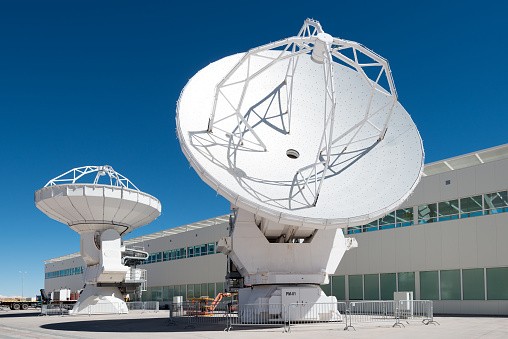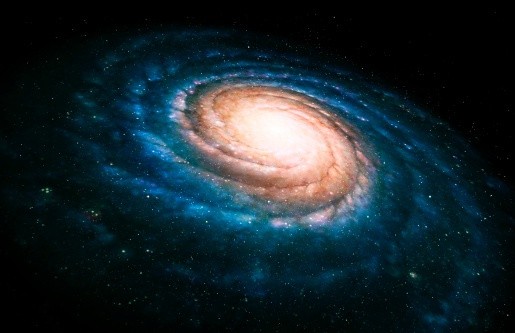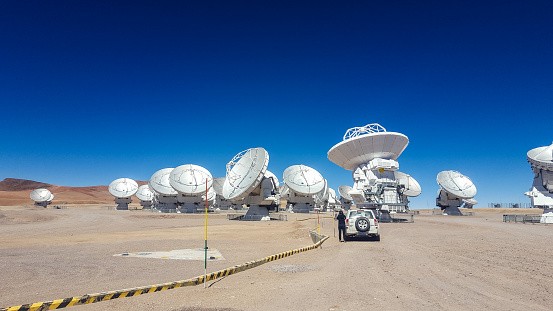The ALMA radio telescope in Chile just found two new galaxies which are among the farthest ever discovered--and possibly as old as the entire universe itself.

Gizmodo reports that the galaxies, which are named REBELS 12-2 and REBELS 29-2, used to be completely undetectable because they were obscured by thick layers of space dust.
But that's not everything interesting about the galaxies. According to a recent study published in the journal Nature, the REBELS galaxies formed shortly after the Big Bang.
This means that the light from the galaxies took an insane 13 billion years to reach Earth, which also says that the previously unknown galaxies are almost as old as the universe itself.
Furthermore, the universe's constant expansion puts REBELS 12-2 and REBELS 29-2 at an unimaginable 29 billion light-years from Earth.
If this distance can be confirmed, then these galaxies will now hold the record for the farthest objects ever detected, beating erstwhile record holder GN-z11 which is located at 13.4 billion light-years away, writes Carnegie Science.
However, the discovery of the two new galaxies likely would never have happened. As per the original Gizmodo report, the ALMA radio telescope found the galaxies by accident.

Astronomer Pascal Oesch of the Niels Bohr Institute in Copenhagen, Denmark says that they only set out to look at first for very distant galaxies that the Hubble Space Telescope have already detected.
Eventually, Oesch's team noticed that two of these distant galaxies had a neighbor that they "never expected to be there at all." It turns out that not even Hubble could peer into the cosmic dust cloud that obscured the two galaxies.
Only the ALMA radio telescope had the power to peer through the dust cloud.
Read Also : ALMA Sees Water, Carbon Monoxde in a Planet from a Galaxy 12 billion Light-Years Away from Earth
Interesting Facts About The ALMA Radio Telescope
The ALMA radio telescope, located in the Atacama Desert in Chile, is one of the most powerful of its kind in the world. And to be able to do what it does, it also is the most advanced out there.
Compared to almost any radio telescope in the world, ALMA (which stands for Atacama Large Millimeter Array) is powerful enough to accurately see a golf ball from 9 miles away, according to Space.com.
With that capability, being able to detect something incredibly massive 29 billion light-years away is completely possible.
Much of that power is due to the telescope's enormous size. As per the original Space.com article, the ALMA radio telescope uses the power of a total of 66 radio antennas, most of them as big as 40 feet in diameter.

By combining these antennas, ALMA is able to create an image which could otherwise only be possible if you had a 46,000-foot wide dish. As such, the entire observatory took 10 years to build, with input from thousands of scientists and engineers from North America, East Asia, and Europe.
This article is owned by Tech Times
Written by RJ Pierce
ⓒ 2025 TECHTIMES.com All rights reserved. Do not reproduce without permission.




